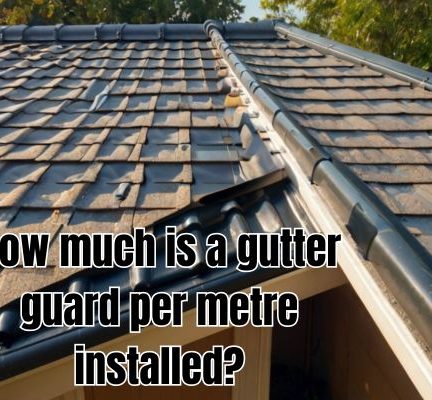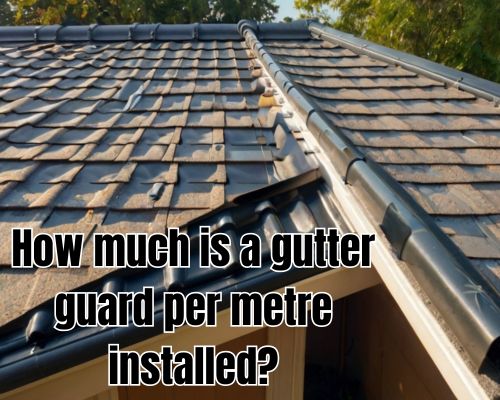In the ever-evolving world of interior design, the question often arises: Are wall units still popular? Particularly for homeowners in style-savvy communities like Mornington, Australia, this question carries both functional and aesthetic weight. As homes shift toward open-plan living, minimalist design, and multi-functional furniture, the traditional wall unit—a staple of Australian living rooms in the late 20th century—is undergoing a notable revival. But it’s not the bulky, outdated cabinetry of the past. Today’s wall units are stylish, space-saving, and tailored to modern lifestyles.

With Mornington Cabinet Makers, we’ll explore the popularity of wall units in 2025, highlighting their contemporary appeal, local relevance in Mornington, and their role in home styling trends. We’ll cover design innovation, material choices, real estate impact, and local customization.
The Evolution of Wall Units: From Legacy to Luxury
Wall units first became mainstream in Australia during the mid-to-late 20th century. These large built-ins served as entertainment centers, display cabinets, and bookcases. While they fell out of fashion for a time—blamed for being bulky or dated—their resurgence is undeniable in today’s design landscape.
In Mornington homes, particularly coastal and coastal-modern builds, we’re seeing a return to custom wall units as a fusion of design and utility. No longer purely functional, these installations now blend seamlessly with interior architecture, providing open shelving, hidden storage, media integration, and even biophilic design elements like planter sections or inset lighting.
Why Wall Units Are Still Popular in 2025
1. Maximized Space Efficiency
Wall units offer unmatched vertical storage—ideal for smaller Mornington homes or apartments where floor space is at a premium. Floor-to-ceiling wall units allow homeowners to declutter while maintaining a sleek visual line, making the room feel larger and more organized.
2. Multi-Functional Living
In homes designed for flexibility, modular wall units now incorporate multiple uses: media cabinetry, study nooks, home bar sections, and even workspace storage. These are especially relevant in post-pandemic homes where rooms often serve dual or triple purposes.
3. Tailored Aesthetics
Modern wall units are not one-size-fits-all. In Mornington, bespoke joinery services offer tailored finishes in popular materials such as Tasmanian oak, matte black laminates, or whitewashed coastal timber—a nod to the area’s beachy yet upscale vibe. This level of customization allows homeowners to design wall units that blend seamlessly into their interior themes, whether Hamptons-style, Scandinavian minimalist, or modern industrial.
For professional work, just visit Mornington Cabinet Makers.
The Design Trends Keeping Wall Units Relevant
Here are the key 2025 trends reinforcing the wall unit’s popularity:
🔹 Floating Elements
Wall units are now often installed with floating shelves or suspended cabinetry to enhance the feeling of lightness and space. This keeps visual bulk to a minimum—ideal for Mornington’s coastal homes where airiness and light are prized.
🔹 Integrated Lighting
LED strip lighting, puck lights, and ambient backlighting embedded in wall units create a luxurious, modern feel—perfect for showcasing artwork, books, or collectibles. Local Mornington cabinet makers often include lighting design in their wall unit builds.
🔹 Tech-Smart Features
With smart homes on the rise, wall units now come with built-in charging stations, cable management systems, and smart TV integration. Homeowners in areas like Mornington Peninsula, which boasts high-value properties, appreciate these sophisticated details.
Mornington’s Love Affair With Built-Ins
In Mornington, where lifestyle and design go hand-in-hand, wall units are particularly well-suited to living rooms, media rooms, and home offices. With many heritage homes undergoing renovations, wall units allow seamless blending of old and new—preserving character while updating functionality.
Additionally, coastal humidity and climate-conscious design mean well-ventilated cabinetry, moisture-resistant materials, and eco-certified timber are in demand—features often built into modern wall units by local joiners.
Local cabinetmakers such as those in Mornington Industrial Estate, or businesses like Peninsula Joinery Concepts, report a steady increase in demand for custom wall unit installations, especially in homes with open-plan living and large format feature walls.
Wall Units vs. Floating Shelves: What’s Right for Your Space?
Some homeowners wonder if floating shelves are a better alternative. Floating shelves offer minimalism and are ideal for displaying curated items. However, wall units provide enclosed storage, essential for homes with children, pets, or simply more stuff.
In high-use living areas, the preference leans toward hybrid solutions—wall units with both open shelving and concealed cabinets. This approach is highly favored in Mornington homes aiming for both functionality and display aesthetics.
Do Wall Units Add Value to a Home?
Absolutely. Built-in wall units offer custom storage, a polished look, and often increase buyer appeal—particularly in competitive coastal property markets like Mornington, Mount Eliza, and Frankston South. Real estate agents consistently note that homes with custom joinery tend to photograph better and stand out in listings.
Whether it’s a media wall in a family room or a custom bookshelf in a study, these built-ins suggest attention to detail and craftsmanship—two highly prized traits in premium home markets.
Custom vs. Pre-Fab: What’s Popular in Mornington?
While pre-fabricated wall units from retailers like IKEA or Freedom Furniture can suit temporary setups or budgets, they often fall short of the finish and durability expected in Mornington’s high-end market. Homeowners here increasingly prefer custom joinery from local artisans who understand site-specific design, sunlight orientation, and material durability in coastal conditions.
Eco-Friendly Materials and Smart Sustainability
With environmental consciousness on the rise in Victoria, modern wall units are increasingly being made from FSC-certified wood, low-VOC finishes, and locally sourced materials. Mornington’s green-minded residents appreciate suppliers who align with sustainable practices.
Some joiners also offer reclaimed timber options, which provide unique grain textures and reduce environmental impact—ideal for heritage-style homes or rustic coastal interiors.
Conclusion: Wall Units Are Here to Stay—With a Modern Twist
So, are wall units still popular? In a word: yes—but with a 2025 makeover. They’re no longer the oversized, outdated monoliths of yesteryear. Instead, they’re smart, sleek, sustainable, and seriously stylish. In Mornington, where architectural beauty meets functional living, wall units remain a go-to design solution.
Whether you’re a homeowner upgrading a coastal bungalow, a renovator adding value before sale, or a design lover wanting a statement piece that also serves a purpose, custom wall units are a savvy, on-trend investment.


















